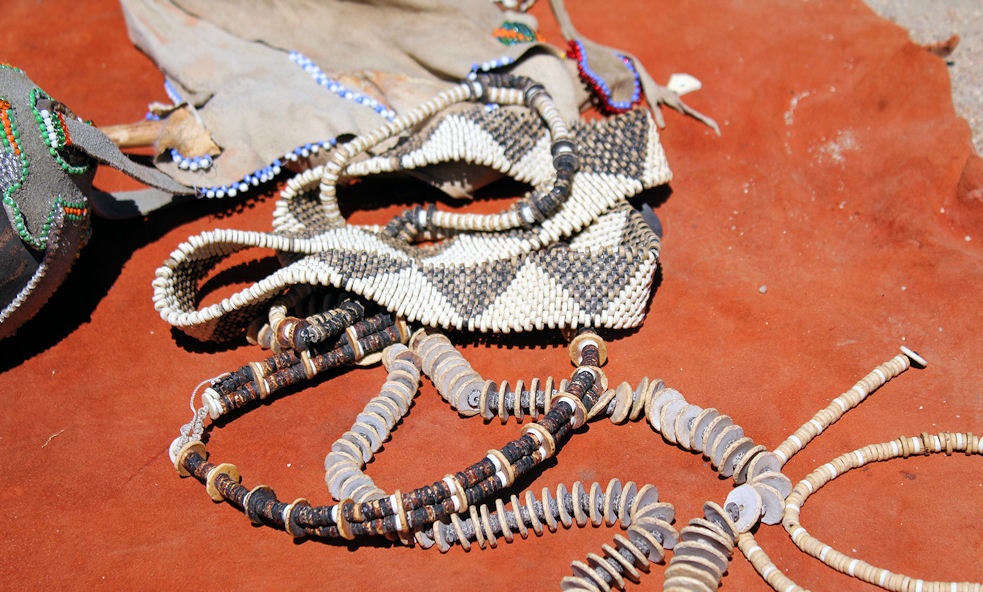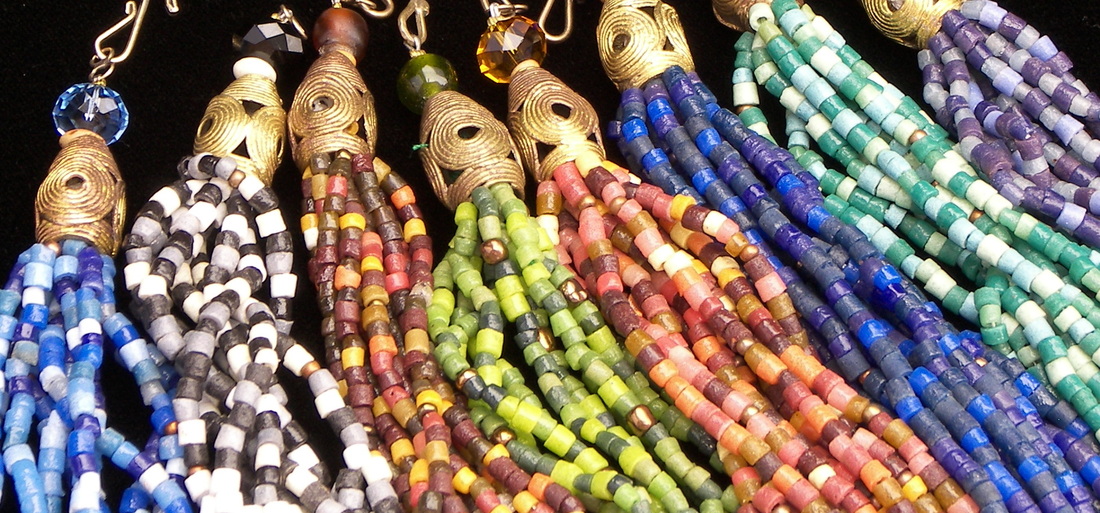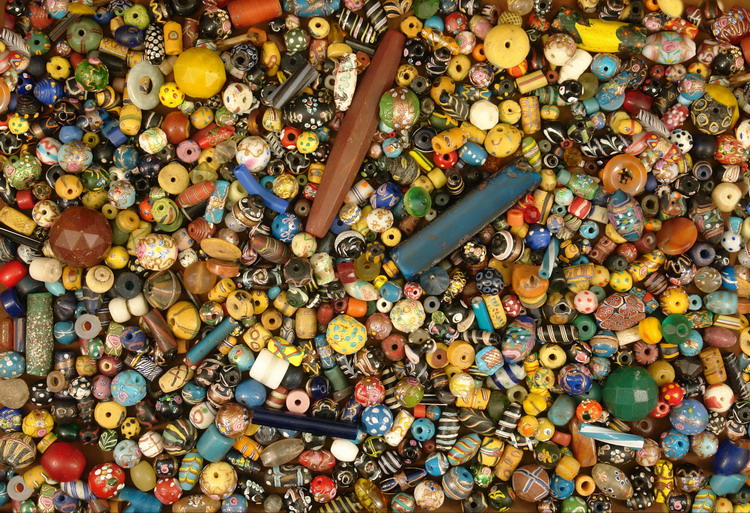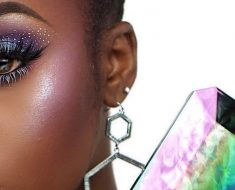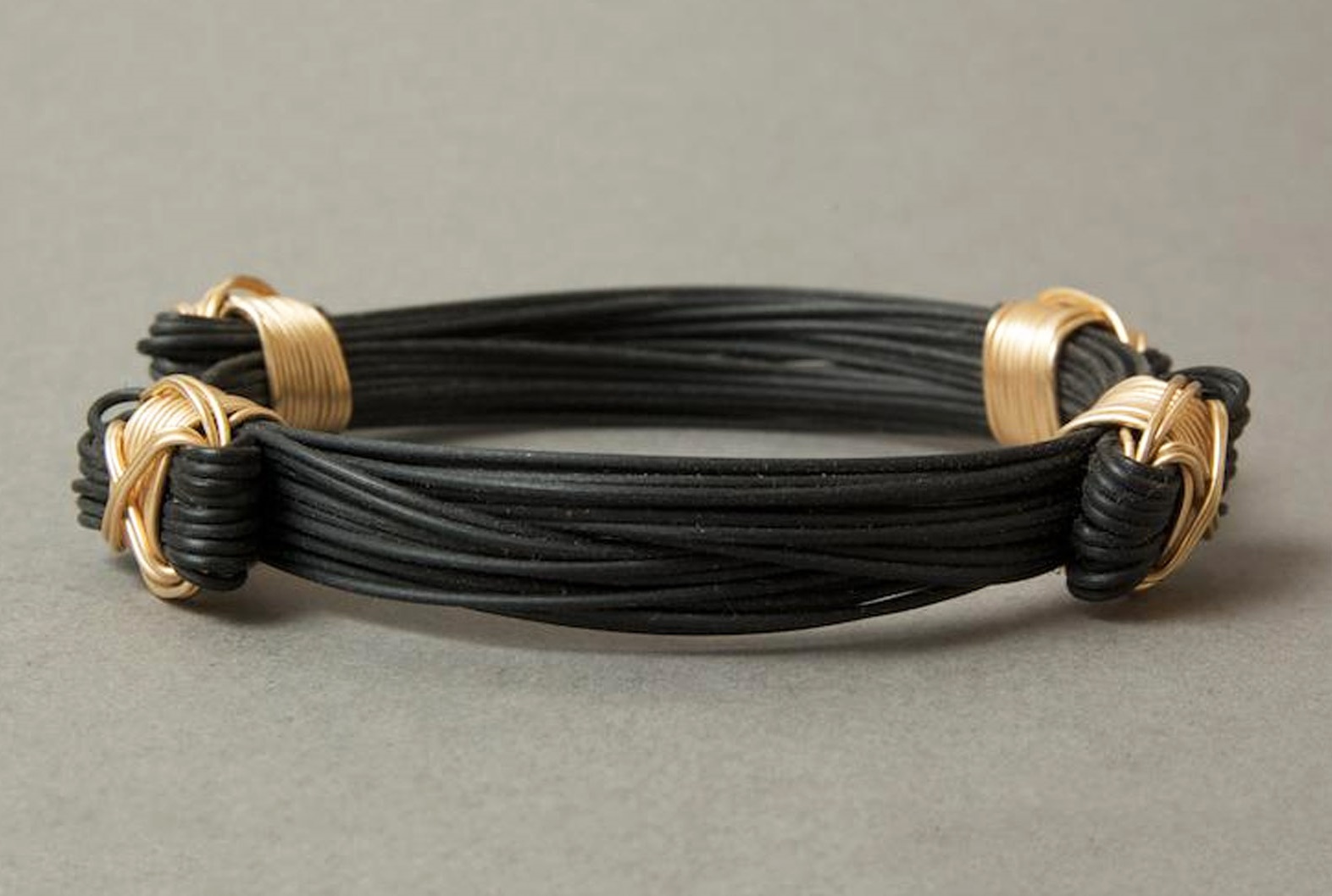Ostrich shells have been discovered a long time ago in disc shaped form in Neolithic and Palaeolithic sites. Ostrich bone is the oldest forms of material used to make African jewelry. Ostrich shells have an ancient history in continent of Africa and are prized and known for their shape symbolizing female fertility and their durability.
Cowrie bracelet

In Benin province, which is located in South Africa, Cowrie bracelets were discoverd during the 15th C. Cowry or cowries are plural cowries which can be found in the sea. Cowry is the common name for a small group of sea snails. Those products are marine gastropod molluscs and are part of the family Cypraeidae. Africans have use those to make different beautiful jeweler. First they started to make simple products with them but then they developed this job and today they make a lot of different cowries bracelets, necklaces, rings etc.
From the 1400’s as well as at its height within the 1800’s, moulded glass and brass bells, ceramic trade beads, and coins were introduced to provide extra choice of embellishment. Copper and iron alloys were accustomed to produce pendants and easy jewellery.
Beaded corset-Dinka
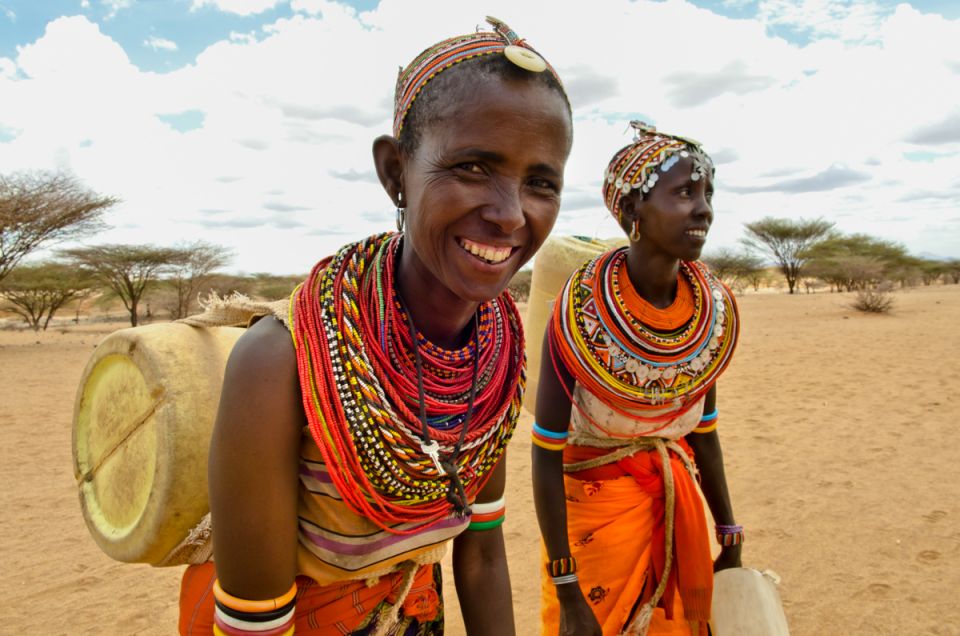
A long time ago the tight beaded corsets in Africa indicated the men’s position in the age-set system of the tribe. The corsets are sewn in place at puberty and Africans held those “clothes” until the wearer reaches a new age of set. Each age group wears a different color-coded corset.
For example:
A man between 15 and 25 years of age wears a red and blue corset indicates or someone over thirty and ready for marriage wears a yellow and blue one marks.
Decoration of cowries in Dinka corsets, along with the extreme height of the back and combination with white pearls, marks that the wearer as someone of considerable wealth.
Dinka corsets short description
Dinka corsets are extraordinary beaded corset is a rare example of the everyday wear of African men. Like many eastern and southern African cultures, the Dinka corsets have traditionally focused on the human form as the primary of artistic expression.In African culture these garments were used to communicate characteristics such as gender, wealth, ethnic affiliation, and age. The history and meaning of each piece of jewelry is unique. So the next time you are out and about and come across an art gallery in Africa, check it out because you never know what you might find there to start your own personal collection. It is said that owning one of these pieces provides hope, wisdom and well-being to its owner.
